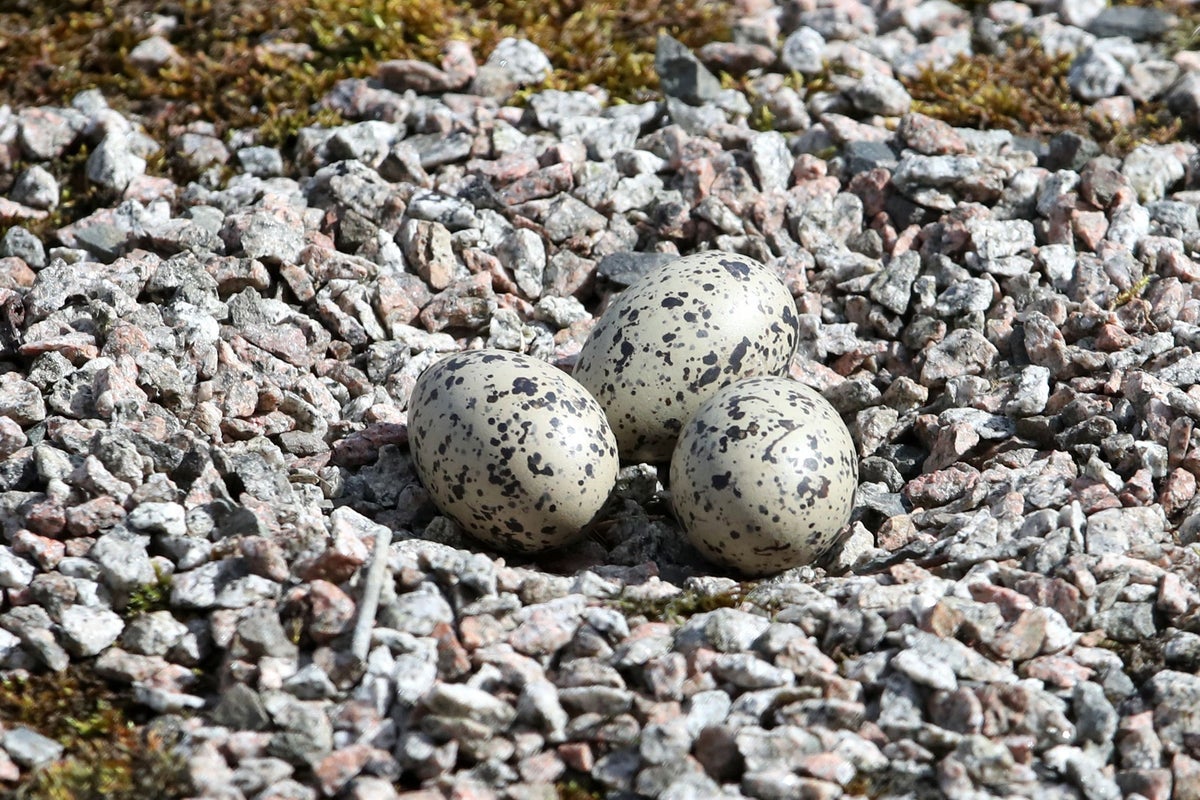Earliest reptiles and birds may have given birth to live young, study suggests

The earliest reptiles, birds and mammals may have given birth to live young rather than laying eggs, new research suggests.
Until now, the hard-shelled egg was thought to be the key to the success of the amniotes – a group of vertebrates that undergo embryonic or foetal development within an amnion, a protective membrane inside the egg.
But a new study of 51 fossil species and 29 living species which could be categorised as oviparous (laying hard or soft-shelled eggs) or viviparous (giving birth to live young) suggests otherwise.
Our work, and that of many others in recent years, has consigned the classic ‘reptile egg’ model of the textbooks to the wastebasket
Professor Michael Benton, University of Bristol
According to the findings, all the great evolutionary branches of Amniota, namely Mammalia, Lepidosauria (lizards and relatives), and Archosauria (dinosaurs, crocodilians, birds) reveal giving birth to live young and extended embryo retention in their ancestors.
Extended embryo retention (EER) is when the young are retained by the mother for a varying amount of time, likely depending on when conditions are best for survival.
Experts say that although the hard-shelled egg has often been seen as one of the greatest innovations in evolution, this research implies EER actually gave this particular group of animals the ultimate protection.
Professor Michael Benton from the University of Bristol’s School of Earth Sciences, said: “Before the amniotes, the first tetrapods to evolve limbs from fishy fins were broadly amphibious in habits.
“They had to live in or near water to feed and breed, as in modern amphibians such as frogs and salamanders.
“When the amniotes came on the scene 320 million years ago, they were able to break away from the water by evolving waterproof skin and other ways to control water loss.
“But the amniotic egg was the key.
“It was said to be a ‘private pond’ in which the developing reptile was protected from drying out in the warm climates and enabled the Amniota to move away from the waterside and dominate terrestrial ecosystems.”
He added: “Our work, and that of many others in recent years, has consigned the classic ‘reptile egg’ model of the textbooks to the wastebasket.
“The first amniotes had evolved extended embryo retention rather than a hard-shelled egg to protect the developing embryo for a lesser or greater amount of time inside the mother, so birth could be delayed until environments become favourable.
“Whether the first amniote babies were born in parchment eggs or as live, snapping little insect-eaters is unknown, but this adaptive parental protection gave them the advantage over spawning earlier tetrapods.”
It turns out that live-bearing lizards can flip back to laying eggs much more easily than had been assumed
Professor Baoyu Jiang
Project leader Professor Baoyu Jiang added: “This standard view has been challenged. Biologists had noticed many lizards and snakes display flexible reproductive strategy across oviparity and viviparity.
“Sometimes, closely related species show both behaviours, and it turns out that live-bearing lizards can flip back to laying eggs much more easily than had been assumed.”
Conducted by researchers from Nanjing University and the University of Bristol, the study is published in Nature Ecology & Evolution.
For all the latest Science News Click Here
For the latest news and updates, follow us on Google News.

